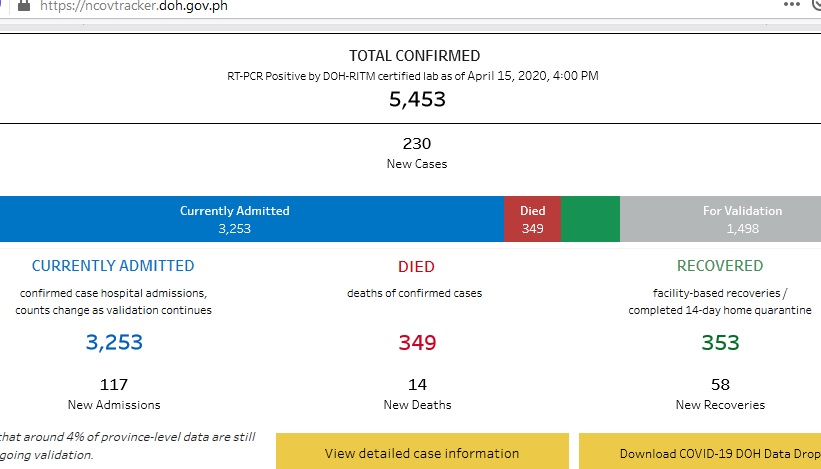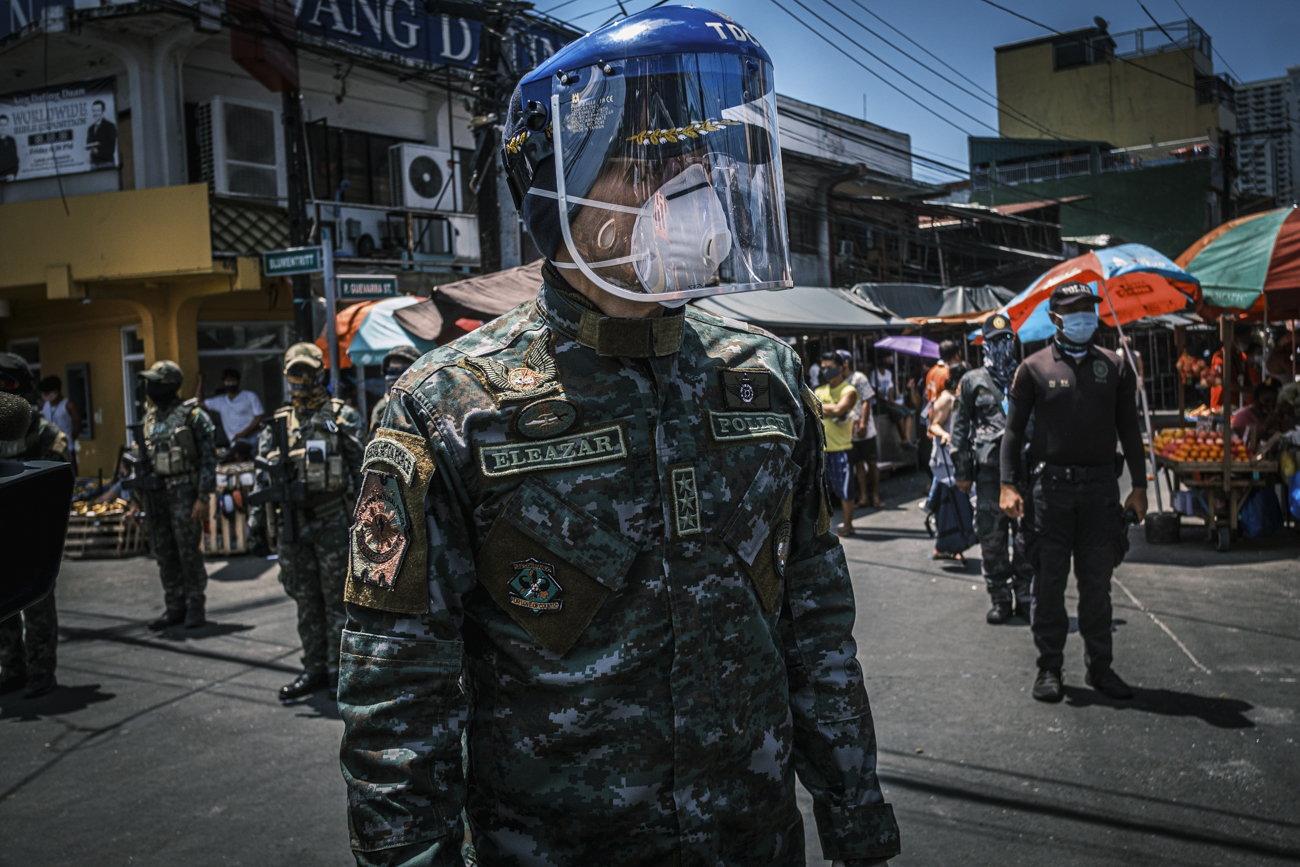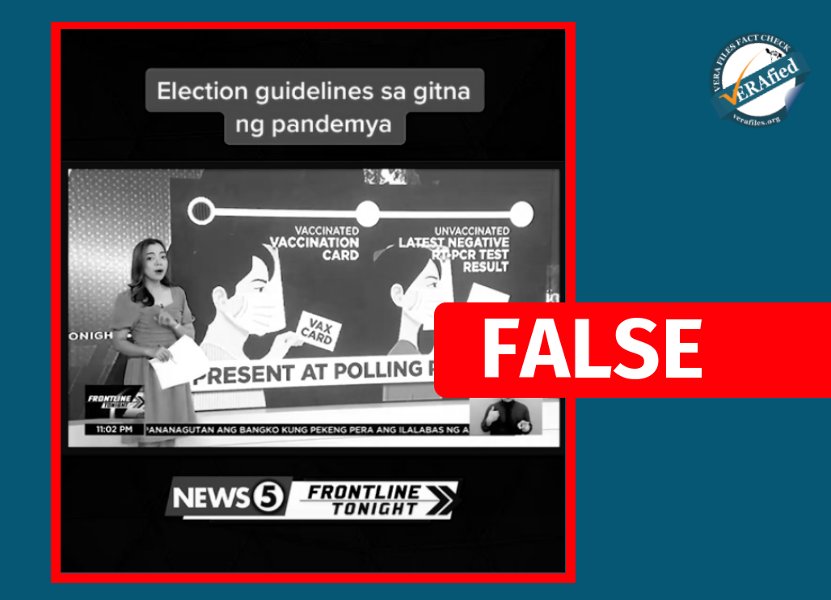Reading the study by the University of the Philippines COVID-19 Pandemic Response Team on a Modified Community Quarantine after April 30,when the Luzon-wide Enhanced Community Quarantine (ECQ) would supposedly be lifted, I realized that journalists and factcheckers are not alone dealing with the lack of updated, accurate data on the extent of the crisis.
This is frustrating because we want to give the public accurate information as we deal with the difficulties of being locked down.
Updated, accurate data from the government, especially the Department of Health, is not easily available.
An example is the country’s fatality rate- the proportion of deaths from a certain disease compared to the total number of people diagnosed with the disease for a certain period of time.
The UP study said “Another metric that can be used to test effectiveness of the ECQ is the case fatality rate. Based on best available data as of 10 April 2020, we report an estimated case fatality rate of 5.38 percent and a reproduction number of 0.6398, which means that the ECQ has been effective.”
In the March 31 virtual media briefing on COVID-19by the World Health Organization in the Western Pacific Region, Dr Matthew Griffith, technical advisor, COVID-19 Incident Management Support Team, Western Pacific Region, said: “Many people are seeing the case fatality rate in the Philippines as quite high, but that’s because the Philippines has taken a testing strategy where they’re prioritizing severe cases, so that means your denominator is going to be restricted to people who have more severe disease. That proportion goes up. The Philippines has recently put online and trained five subnational laboratories, and so we expect testing to increase substantially in the coming days. So, I think that’s one thing with respect to the high proportion of deaths in the Philippines. This is not because of a lack of ventilators in the Philippines.”
We followed up Dr. Griffith’s statement and sent questions, one of which was how does the WHO compute the fatality rate. What were the baseline numbers used?
Here’s the reply of Dr Rabindra Abeyasinghe, WHO representative in the Philippines: “It is difficult to make a sensible statement on fatality rate in a context where we do not have a clear picture on the total number of infected cases. Currently the estimated Case Fatality Rate (CFR) of known confirmed cases divided by known confirmed deaths is lower in the Philippines (4 percent) than globally (5 percent), but with the limited testing capacity in the Philippines, all mild and asymptomatic cases are not tested and thus not counted among the total confirmed number of cases, significantly affecting the CFR. “
How then can we make a sensible plan?
Anyway, we asked for the fatality data on health workers in the country compared to other countries. The reply: “The Department of Health is working on a comprehensive profile of all confirmed cases among health workers, as well as related deaths. Once this information is complete, this information will be shared publicly. “
We wondered how accurate are the data on novel coronavirus transmission in the country so we asked their process. WHO’s reply: The Department of health is in charge of the surveillance and epidemiological analysis of data on disease trends in the Philippines. Crucial data from the municipal-level Epidemiological Surveillance Units (ESU) is currently being compiled and analyzed to allow for informed decision-making at national level. As transmission rates vary per locality, it is the provincial and regional ESUs analyzing relevant data in their respective geographical areas to define these types of variables to rapidly respond to known clusters of cases, including attack rates, incidence rates and transmission rates.
As of April 15, DOH data showed 5,453 confirmed cases; 349 deaths and 353 have recovered.
The UP study said the decision on what to do after April 30 will depend much on how effective the ECQ has been to contain the spread of COVID-19. If it is, how should it be implemented after April 30 without unnecessarily paralyzing local economies over a long period of time?
The study said, “It is important to tackle this question at this time because LGUs rely upon national directives for policy and decision-making. Crafting of guidelines for an extended ECQ requires foresight, one that is informed by scientific data on estimates of the effectiveness of pandemic control strategies. It requires key metrics that are primarily epidemiological in nature and must be infused with as many scientific points of view as possible. “
The study showed the effect of differences in population density of communities in the analysis of the transmission of COVID-19 to help national and local officials make informed decisions whether to extend, lift, or relax community quarantine.
Is the Luzon-wide ECQ effective?
“Time-series analysis shows it now takes a little longer for the number of confirmed cases to double in number. What took 3 days for the total number of cases to double now takes about 6 days to happen Based on these trends, one can estimate about 9,000 to 44,000*possible cases reported by the end of April 2020. In general, this indicates the relative success of the ECQ–along with other interventions–in containing the spread of the virus, “the study said.





